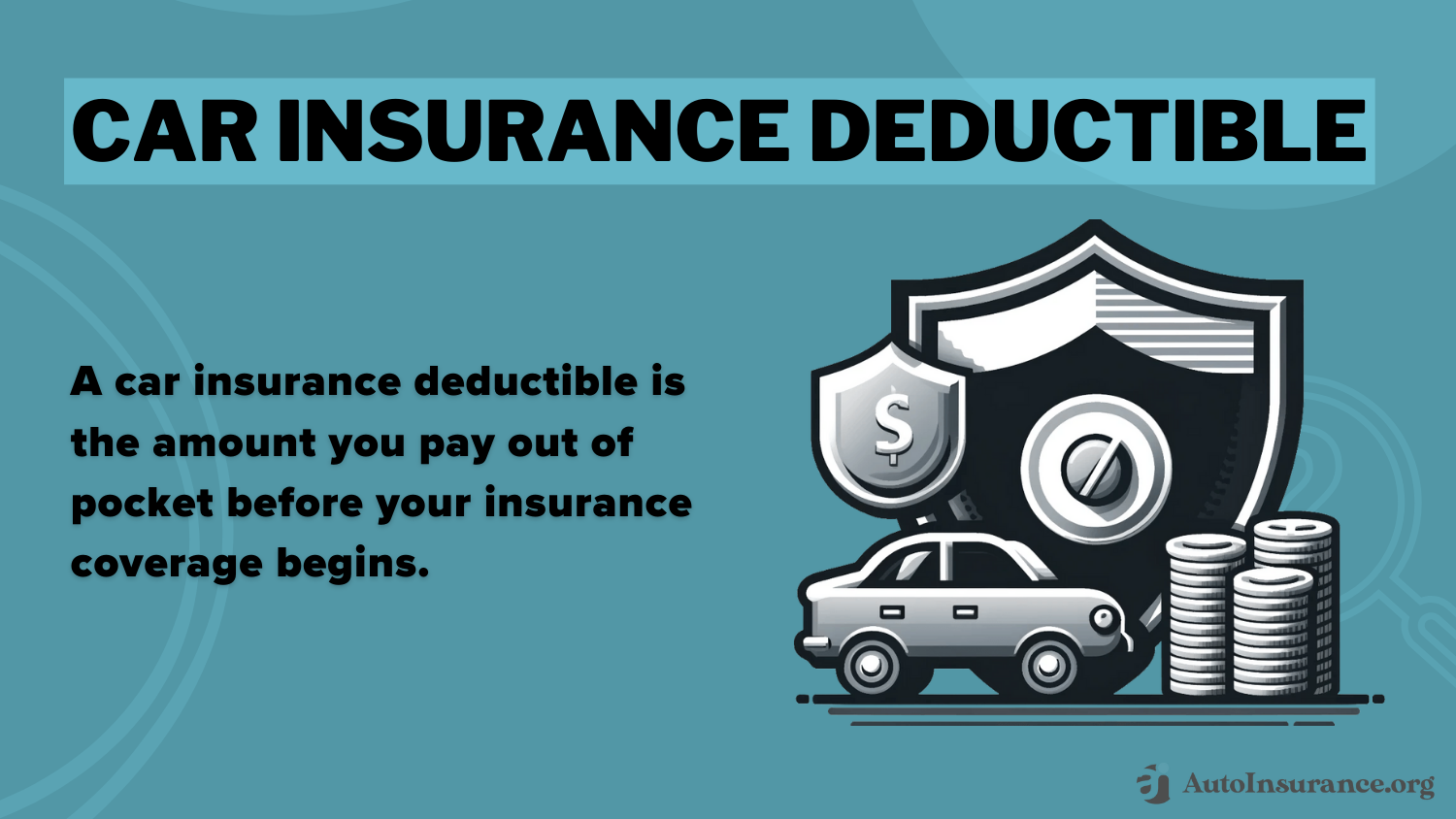When you’re shopping for auto insurance, you’ll probably come across the term “ deductible. ” While it’s an important element of your policy, numerous motorists do n’t completely understand what a deductible is, how it works, or how it impacts their content and costs. In this composition, we’ll break down everything you need to know about deductibles in auto insurance, from their part in your policy to how choosing the right deductible can affect your decorations and claims.
What’s a Auto Insurance Deductible?
A deductible is the quantum of plutocrat you agree to pay out of fund when you file a claim for damages to your vehicle. It’s a fixed sum that you must pay before your insurance content kicks in to cover the rest of the costs. In other words, the deductible is your share of the cost for repairs or relief of your vehicle, and it applies only to certain types of content, like collision and comprehensive insurance.
For illustration, if your auto sustains$ 2,500 in damage after an accident and you have a$ 500 deductible, you would pay the first$ 500, and your insurance company would cover the remaining$ 2,000.
How Does a Deductible Work?
When you file a claim for damage to your auto — whether it’s from a collision, theft, or rainfall- related incident — the insurance company will assess the damage and determine the cost of repairs or relief. still, before they issue a payout, they will abate your deductible from the total claim quantum.
illustration 1
Let’s say you have comprehensive content with a$ 500 deductible.However, 000, you’ll pay the first$ 500, If your auto is damaged by hail and the form costs are$ 2.
illustration 2
still, 200, and you have a$ 1, If your auto is involved in a collision and the damage totals$ 1.
Types of Deductibles
There are a many different types of deductibles that may apply to your auto insurance, depending on the specific contents in your policy
Collision Deductible
This applies to damage from an accident, anyhow of who’s at fault.However, you’ll need to pay your collision deductible before your insurer covers the rest of the cost, If you have collision content and your auto is damaged in a crash.
Comprehensive Deductible
Comprehensive content protects againstnon-collision incidents, similar as theft, vandalization, or damage from natural disasters( e.g., hail, flooding). still, you’ll pay your comprehensive deductible first, If you file a claim under your comprehensive content.
Multiple Deductibles
still, you’ll have a separate deductible for each, If you have both collision and comprehensive content. For illustration, if you’re in an accident and there’s both collision damage and hail damage, you might be needed to pay both the collision and comprehensive deductibles independently.
The Impact of Your Deductible on Premiums
Your deductible plays a significant part in determining your auto insurance decoration, which is the quantum you pay for content. Then’s how it works
Advanced Deductibles = Lower decorations
Generally, the advanced your deductible, the lower your decoration will be. This is because you’re assuming further of the fiscal threat in the event of an accident, so the insurance company does n’t have to cover as much. For illustration, if you increase your deductible from$ 500 to$ 1,000, your yearly decoration will probably go down. still, the dicker is that you’ll need to pay further out of fund if you need to file a claim.
Lower Deductibles = Advanced decorations
On the other hand, if you choose a lower deductible, your decorations will generally be advanced. The lower your deductible, the less you’ll need to pay out of fund if you file a claim, but the insurance company will take on further threat, so they charge you a advanced decoration to neutralize that threat.
Choosing the Right Deductible for You
The right deductible for your auto insurance policy depends on your fiscal situation, driving habits, and how important threat you’re willing to take on. Then are some effects to consider when choosing a deductible
1. estimate Your Financial Situation
Emergency finances If you have a solid exigency fund or enough savings to cover advanced out- of- fund charges, a advanced deductible might make sense. This will lower your yearly decoration, which can save you plutocrat over time.
Capability to Pay the Deductible If you do n’t have enough savings to comfortably cover a high deductible in the event of an accident, it might be safer to conclude for a lower deductible. That way, if you do need to file a claim, you wo n’t face a large, unanticipated expenditure.
2. Consider Your Driving Habits
How frequently Do You Drive? If you drive constantly or by high- threat areas( e.g., heavy business, adverse rainfall conditions), you might want to stick with a lower deductible. This way, if you’re in an accident, you’ll have to pay lower out of fund.
threat Forbearance If you’re a conservative motorist with a good driving record, you may feel comfortable concluding for a advanced deductible because the liability of demanding to file a claim may be lower. still, if you’ve been in accidents before or live in an area with high collision rates, a lower deductible might offer further peace of mind.
3. Consider the Age and Value of Your Vehicle
Newer or Expensive Vehicles If your auto is new or precious, you may want to keep your deductible lower to insure that repairs are covered more fluently in case of an accident. For a newer auto, paying a advanced decoration for a lower deductible might be worth it for the added protection.
Aged or Low- Value Vehicles If you drive an aged auto that’s worth less, you might conclude for a advanced deductible to reduce your premium.However, the quantum you pay in decorations over time could overweigh the benefits of keeping a low deductible, If the auto’s value is low.
Deductibles and Claim scripts
Understanding how deductibles apply in real- world scripts can help clarify how they affect your decision- making process.
Small Claims
still, similar as a minor cushion toot or a small quantum of damage, you may end up paying your deductible and conceivably further than the claim is worth, If you file a small claim. For case, if the damage is$ 700 and you have a$ 500 deductible, the payout from your insurance company would only be$ 200. In this case, paying out of fund might be a further cost-effective choice, since your insurance decoration may rise after a claim.
Large Claims
still, a advanced deductible could affect in significant savings on your decoration, but you’ll need to pay further out of fund when you file a claim, If you have a major accident or your auto is totaled. For illustration, if your auto is worth$ 10,000 and the damage is$ 8,000, a$ 1,000 deductible means your insurance will pay$ 7,000. still, the insurance payout would be$ 7, 500, If you had a$ 500 deductible.
Conclusion
Deductibles are an essential aspect of auto insurance, and understanding how they work can help you make smarter opinions when choosing your policy. A advanced deductible can reduce your decoration but requires you to pay further out of fund if you need to file a claim. On the other hand, a lower deductible offers less threat but comes with advanced decorations.
When deciding on a deductible, it’s important to consider your fiscal situation, driving habits, the value of your vehicle, and your comfort with threat. With the right balance, you can cover yourself while keeping your auto insurance affordable. Always take the time to review your deductible options and consult with your insurance provider to insure you’re making the stylish choice for your requirements.









